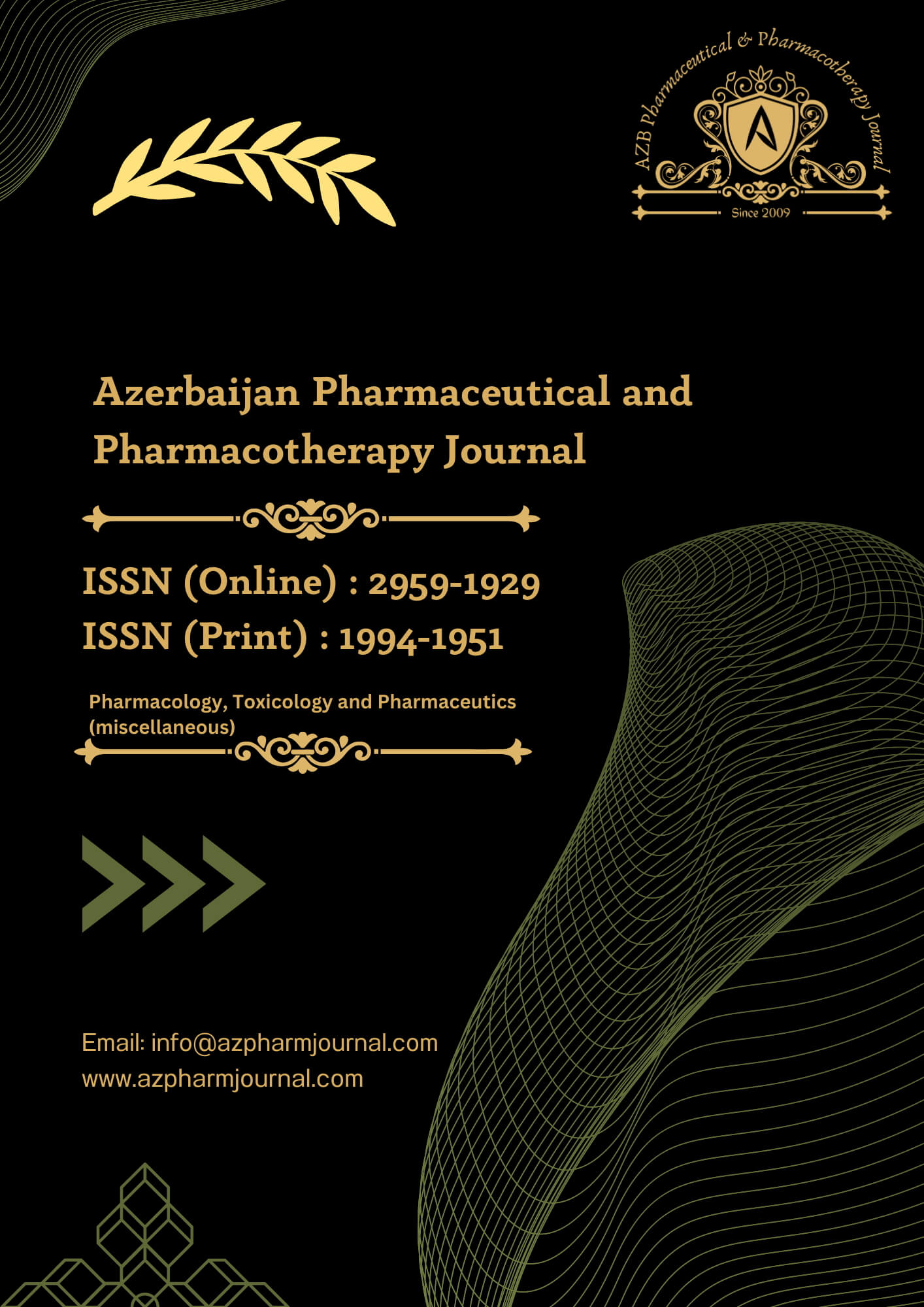Since ancient times, medicinal plants have been used as the main source of remedies. Their application in traditional medicine is still essential to healthcare, especially in underdeveloped nations with limited access to contemporary drugs. The World Health Organization (WHO) estimates that around eighty percent of the world’s population trust on plant-derived medicines for their primary health needs. There is need for ongoing research into the medicinal properties of plants, to both validate traditional uses and discover new potential therapeutics [1].
The resurgence of interest in medicinal plant research is largely driven by the limitations of synthetic drugs, such as side effects, resistance, and high costs. Medicinal plants often contain a wide range of bioactive compounds that work synergistically, providing a holistic approach to disease prevention and treatment. Furthermore, with the emergence of antibiotic-resistant pathogens and chronic diseases like cancer, diabetes, and cardiovascular conditions, there is an urgent need for alternative treatment options that are both safe and effective [2-8].
Phytochemicals, the bioactive component in medicinal plants, have been shown to exhibit various pharmacological activities, including anti-inflammatory, antimicrobial, anticancer, and antioxidant effects. These compounds include alkaloids, flavonons, terpenoids, and polyphenols, many of which have already been isolated and are being studied for their therapeutic potential [9-11].
Recent advances in technology, including high-throughput screening and bioinformatics, have accelerated the process of discovering new bioactive compounds from plants. These technologies allow researchers to isolate, characterize, and test hundreds of compounds in a short period, thus speeding up the drug discovery process. However, the biodiversity of plants is vast, with only a small fraction of the estimated 250,000 to 500,000 plant species on Earth having been scientifically investigated. This leaves a wealth of untapped potential for discovering new treatments. In addition to direct therapeutic applications, medicinal plants are also important for their role in sustainable development. Many plant species are grown and harvested in a way that supports local economies, particularly in rural and indigenous communities. By promoting the cultivation and research of medicinal plants, it is possible to create a system of medicine that is both effective and sustainable [12-13].
However, it is important to approach medicinal plant research with a scientific rigor that ensures the safety and efficacy of plant-based treatments. Standardization of herbal medicines, clinical trials, and toxicity studies are essential to establish their reliability as alternatives to synthetic drugs [14-15].
Necessity of Membrane Stabilizing Activity Studies
Membrane stabilizing activity (MSA) studies are essential in the evaluation of anti-inflammatory and anti-hemolytic properties of medicinal plants. A complicated biological reaction to damaging stimuli which is known as inflammation and it is often associated with various chronic diseases, such as arthritis, cardiovascular diseases, and autoimmune disorders. The stabilization of cell membranes, particularly red blood cells (RBCs), can inhibit the release of inflammatory mediators, thereby reducing inflammation [16].
Many medicinal plants exhibit membrane stabilizing properties, which contribute to their anti-inflammatory effects. For instance, plant extracts containing flavonoids, alkaloids, and saponins have been shown to prevent haemolysis and stabilize cellular membranes under stress conditions. This protective effect is crucial in maintaining the integrity of cells during inflammatory responses and helps prevent tissue damage [17].
Membrane stabilizing studies provide insight into the mechanism of action of plant-based anti-inflammatory agents. By inhibiting the lysis of cells, particularly erythrocytes, these studies demonstrate the potential of medicinal plants to serve as natural alternatives to non-steroidal anti-inflammatory drugs (NSAIDs), which are often associated with side effects such as gastrointestinal irritation and cardiovascular risks [18-19].
Furthermore, the MSA of plants is also relevant in the context of immune modulation, where maintaining membrane integrity is vital for proper immune function. Continued research into the membrane stabilizing effects of medicinal plants might result in safer and more efficient inflammatory disease treatments.
Necessity of Thrombolytic Activity Studies
Since cardiovascular diseases (CVDs) are one of the leading causes of death globally, research on the thrombolytic action of plants has garnered attention. Heart attacks and strokes are commonly caused by thrombus development in blood arteries. Despite its effectiveness, traditional thrombolytic medicines like urokinase and streptokinase have disadvantages such as high cost, restricted accessibility, and adverse effects, including bleeding issues. Therefore, a promising strategy for creating thrombolytic medicines that are affordable, easily accessible and safer is to seek natural substitutes from plants.
The bioactive substances flavonoids, alkaloids, and saponins found in plant-derived thrombolytic medicines have been demonstrated to prevent or dissolve blood clots by enhancing fibrinolysis and inhibiting platelet aggregation. Research on medicinal plants with thrombolytic properties can help develop novel treatments that have fewer adverse effects and may even reduce cost. xploring thrombolytic properties in plants is essential for expanding therapeutic options and addressing the global burden of CVDs [20-22].
General Information about the Plant
Boeica filiformis, belonging to the genus Boeica, is scientifically classified as Boeica filiformis C.B. Clarke. Boeica filiformis produces small, pink-purple flowers arranged in loose, thread-like panicles that emerge from the leaf axils. The flower cluster stalks are slender and typically exceed 7 cm in length. Both the stalks and branches of the inflorescence are hairless, contributing to the plant's fine texture. The flowers are tubular with a 5-parted calyx, and they contain four stamens, each with short filaments and two-celled anthers. The ovary is stalkless. Its leaves are narrow-elliptic, tapering at the ends, measuring about 10-15 cm in length and 2.5-4 cm in width, with approximately nine lateral veins on each side. The fruit is a linear capsule, 1-1.5 cm long, containing small, ellipsoid, smooth seeds [23-26].
